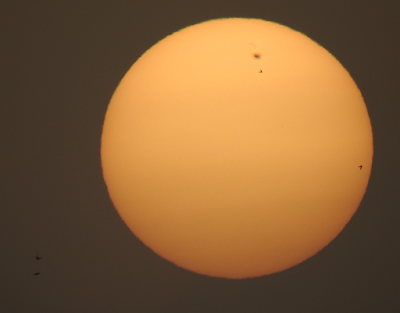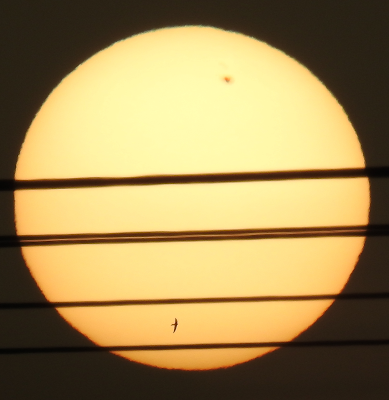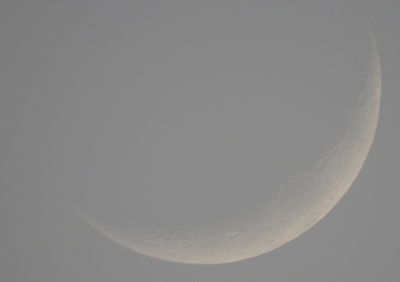Mercury is an elusive planet. It is small, dim and most of the time to close to the sun to be seen at all. Yet , during its greatest elongation it is far enough from the Sun. In this period Mercury can is easy to spot after sunset or before sunrise.. Today 18-Apr-2016 Mercury is in greatest western elongation meaning it is easy to watch.
It is even easier as you can use the famous constellation Orion to help you find Mercury. Just continue the straight line from Orion's belt and go almost to the horizon and you will see Mercury. Actually Mercury is brighter than any of Orion's belt stars so you might be able to see it even before. Start watching about 45 minutes after sunset and look about 15 degrees up from the place the sun set. There is no other bright star in this area so when you finally see the white dot, it is mercury. And if you own a telescope try to observe Mercury and see its tiny but noticeable phase.
Here are some photos I took tonight to guide you
The first one is without annotations:
 |
| Orion and Mercury |
And here are annotations. Do not confuse the airplane with Mercury.
And if we mentioned an airplane here are some more airplanes (Looks like the IAF is practicing for Independence day)
And a bird on the background of the moon (From 17-Apr-2016)










